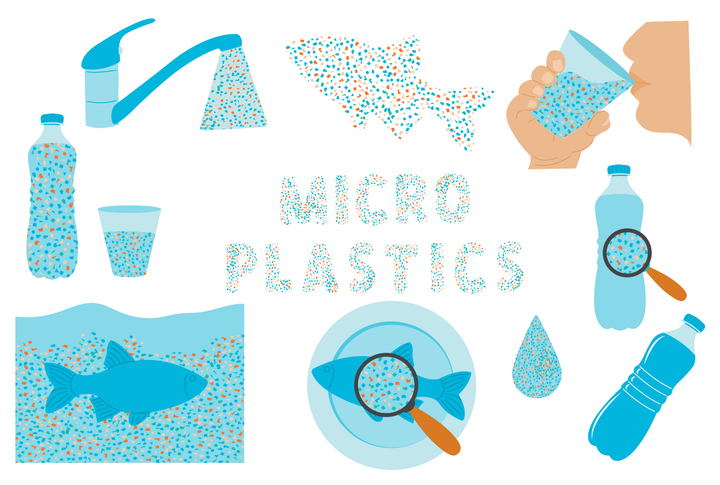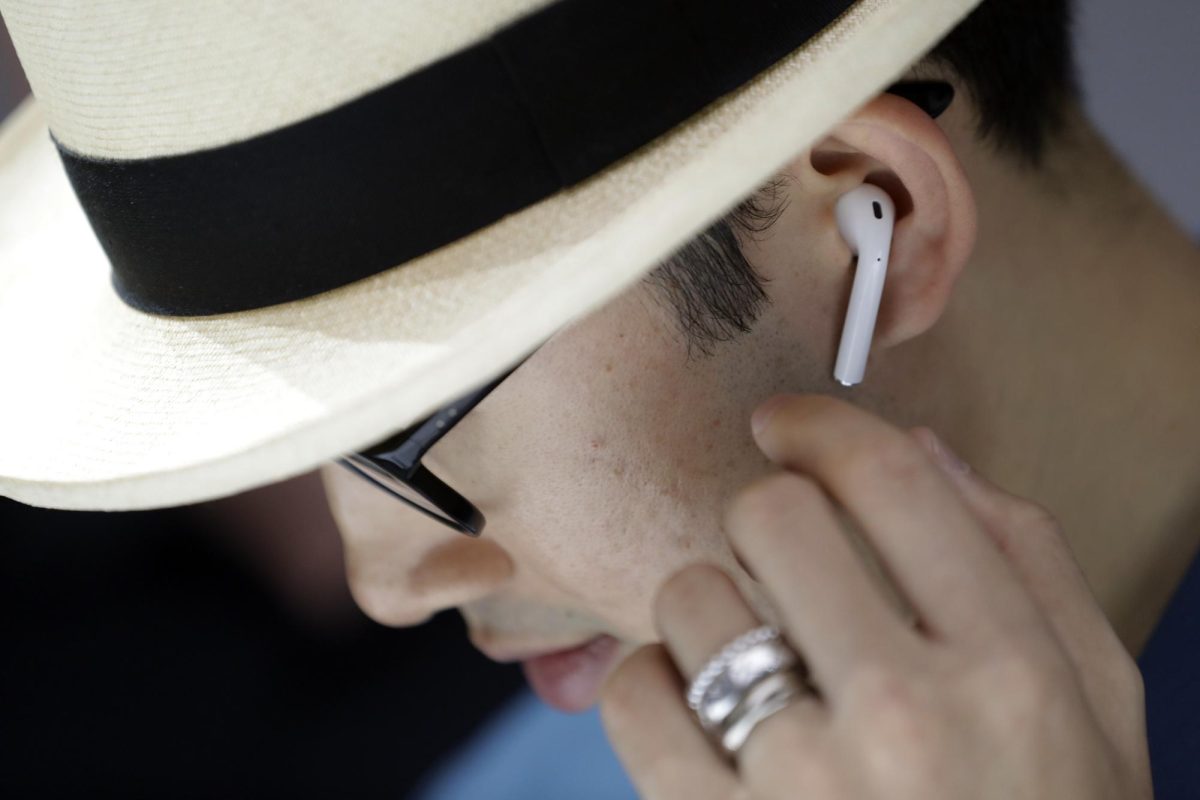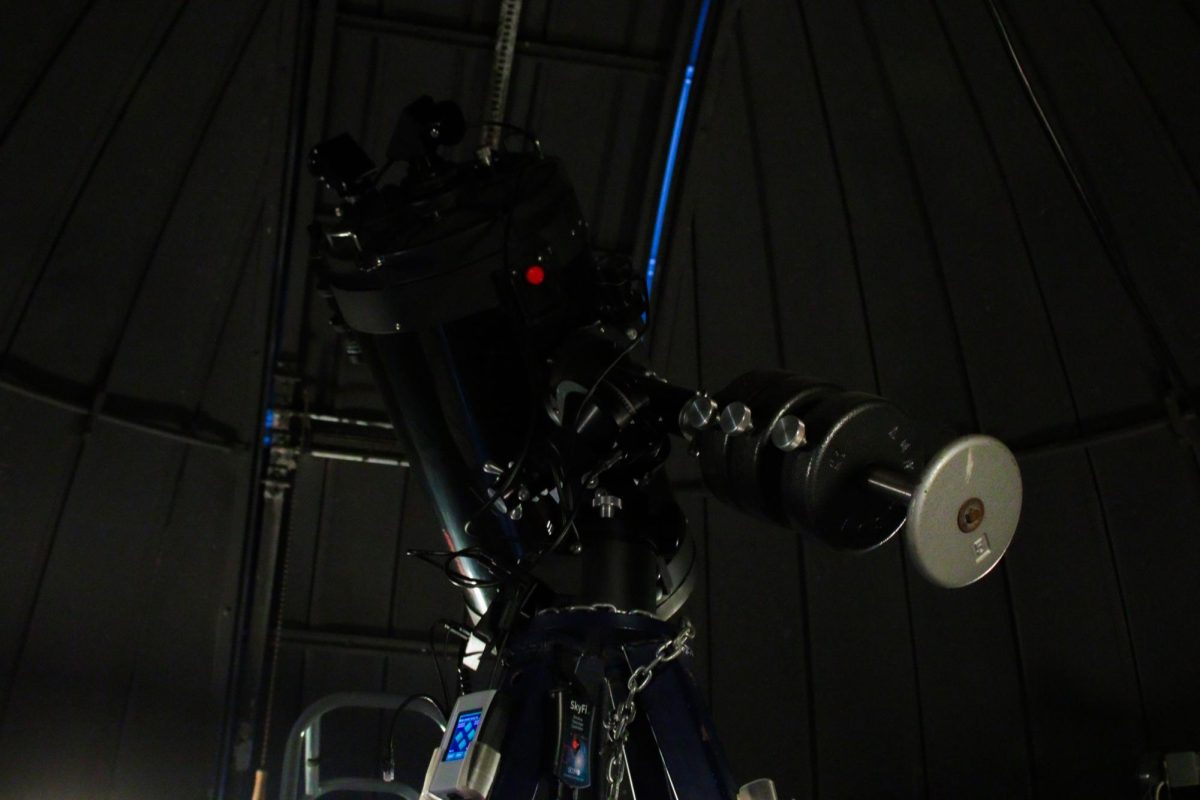Warm summer days are slowly creeping their way toward us, meaning beach days are just around the corner too. At the beach, most people just want to relax, tune out and forget the stresses of life at the edge of the sand.
But one thing most people don’t think about is how their summer outfits can shed microfibers into the ocean, lakes and streams with every wash.
THE DANGERS OF MICROFIBERS
Microfibers, a type of microplastic, are tiny threads, smaller than 5 millimeters, that shed from clothing and materials when washed, worn or manufactured. Synthetic materials like nylon, polyester and acrylic are major sources of microfibers coming from shedding.
Every time a piece of clothing made from synthetic fabric is washed, it releases microfibers into the water. These tiny plastic threads slip right through most wastewater treatment systems and eventually make their way into rivers, lakes and oceans. Once there, they don’t just float harmlessly, they’re mistakenly ingested by marine life, absorbed into tissues and eventually passed up the food chain.
To put this into perspective, in 2019, 1.5 million trillion microfibers were present in the ocean. That’s a number that most of us can’t even fathom, and in the past six years the demand for clothing and popularity of microfashion has only increased, meaning this number has definitely grown with it.
Microfiber pollution is an alarming problem. Millions of tiny plastic fibers are consistently released into the ocean, building up in staggering numbers and posing a major threat to marine life, ecosystems and undeniably human health. As plastic doesn’t degrade, this problem is like dust being constantly swept under the rug, hidden but building up until we’re forced to face the mess we’ve made.
Even more unsettling is how easily this plastic pollution ends up back on our plates. Studies have found microplastics in fish, shellfish and even sea salt.
So, in that sushi roll or grilled salmon you ordered there’s a chance it came with a side of microscopic plastic and it’s not just gross, it’s a growing health concern scientists are racing to understand. Cardiovascular diseases, inflammatory bowel disease, diabetes, cancer and strokes are just the tip of the iceberg of health consequences that microplastics bring.
WHAT CAN YOU DO
Although microplastic pollution is a problem that must be addressed through policy change, technological innovation and compliance of large companies, there are some things consumers themselves can do to prevent microfibers from getting into the environment.
Start by researching and learning about all of the ways that microplastics are emitted into water, land and air and what the consequences of this happening are, oftentimes it hits a lot closer to home than expected. Having a good understanding of how our products affect the world beyond us can help us take on a greater responsibility over the traces they can leave.
Investigating brands that make pieces out of non-synthetic material is an easy way to incorporate change into something simple like shopping. One example is the brand MATE which makes basics at an affordable price. Their clothes are free of polyester, nylon and polyamide and use a significantly lower amount of spandex compared to most brands, as stated in their sustainability statement. Another option is Kotn, a brand that has won multiple ethics awards and is relatively open about their supply chain.
But beware, there are plenty of brands that falsely claim to be plastic free but do in fact use synthetic materials. This is a part of greenwashing, where brands will deceptively make a product appear more sustainable than it is.
Familiarizing yourself with materials and what kinds of clothing they are in can help us build that sense of responsibility over the products we use. If shopping online, the makeup of the material used is usually stated somewhere on the website, and if in a store, checking the label will have this information.
Since most of us do own clothing containing some sort of synthetic material we can still prevent microfiber pollution by changing our habits. Washing these clothes less frequently and lowering water temperature are direct ways that stop the fibers from shedding. But once they do shed, like after a typical wash, a way to prevent them from traveling further than your washing machine is using a microfiber catching device like GUPPYFRIEND.
Reducing personal impact can look like a small step, but small steps from many people can lead to change. Microfibers pose one of the largest threats to human, animal and environmental health as of right now. By being mindful of what we’re wearing, how we wash and the impacts of what we buy, we are taking a step toward protecting marine life, different environments and ourselves. So this summer, when the next beach day rolls around, look at the water and think about how we are much more connected to what floats in it then we think.











